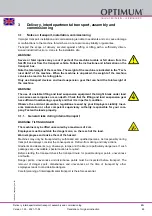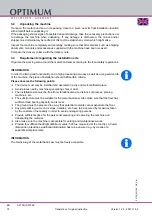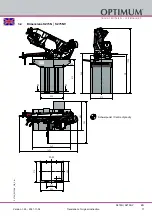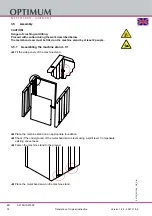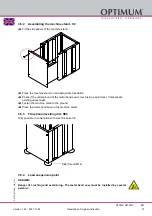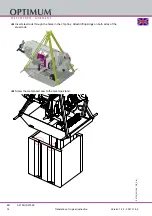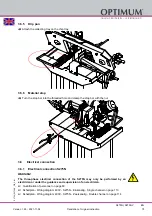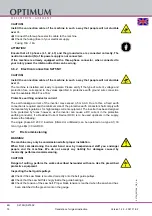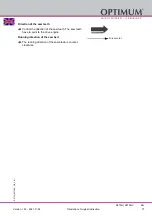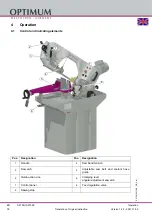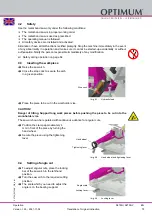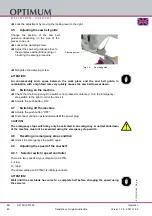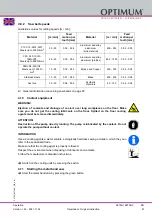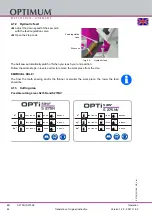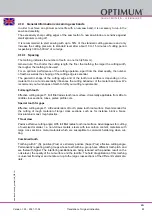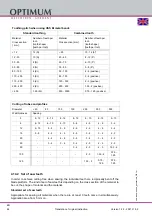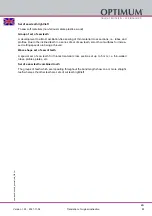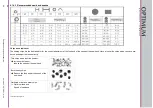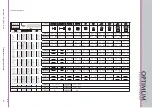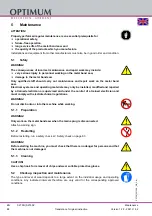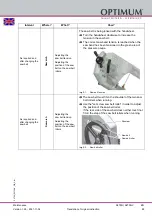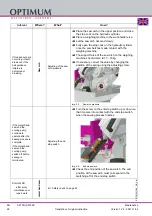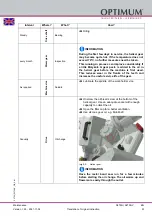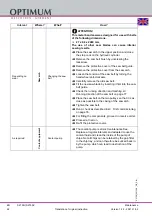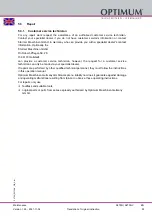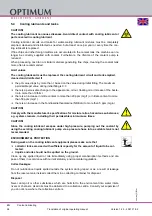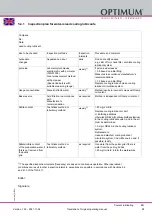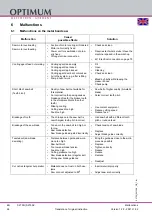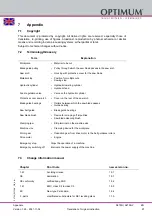
Version 1.2.3 - 2021-11-02
83
Translation of original instruction
EN
sa
w
-band
-speed
_gene
ral-
inf
o_GB
.f
m
4.14
General information concerning saw bands
In order to achieve an optimum service life with a new saw band, it is necessary to run-in the
saw band carefully.
The excessively sharp cutting edges of the saw teeth of a new saw blade are sensitive against
small splinters coming off.
It is recommended to start sawing with up to 50% of the standard cutting pressure and only
increase the cutting pressure to standard level after about 10 to 15 minutes of cutting period
respectively 300 to 500 cm² of cut edge.
4.14.1 Spacing
The toothing indicates the number of teeth on one Inch (25,4mm).
General rule: The shorter the cutting length, the finer the toothing, the larger the cutting width,
the rougher the toothing to be used.
For an optimum performance of the cutting operation, apart from the steel quality, the number
of teeth as well as the shaping of the cutting edge is essential.
The geometric shape of the cutting edge and of the tooth root surface is depending on the
material to be cut and essentially influences the cutting behaviour of the metal band saw. We
recommend you four shapes of teeth to fulfil your cutting requirements:
Full-length tooth
Effective cutting angle 0°: Full fillet radius tooth root surface. Universally applicable from little to
middle cross sections, tubes, plates, profile cuts.
Special tooth for gaps
Effective cutting angle 0°: Little addendum of tooth, plane tooth root surface. Recommended for
the cutting of rough material of larger cross sections, such as for instance bronze, brass,
zinc,aluminium cast, rough plastics.
Throat claw
Positive effective cutting angle: With full fillet radius tooth root surface. Advantageous for cutting
of oversized material, i.e. non-ferrous metals, steels with low carbon content, materials with
large cross sections, metal materials which are susceptible to cold-work hardening when cut-
ting.
Combined tooth
Toothing with 0° (N), positive (Plus) or extremely positive (Super Plus) effective cutting angle:
Permanently repeating tooth groups whose teeth within a group have different tooth pitch and
are therewith higher. The interfering oscillations are being reduced with a positive result on the
noise level, the quality of the cut surface and the tool life. The field of application of this toothing
is universal from layer and bundle cut up to the large cross sections of the different metal mate-
rials.

